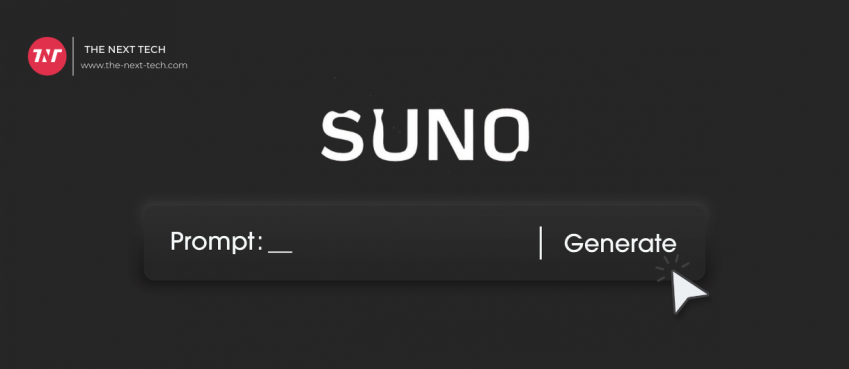
In today’s cutthroat business landscape, where staying ahead of the competition is vital to success, a remarkable 90% of Fortune 500 companies turn to competitive intelligence as their secret weapon.
This comprehensive guide will explore the strategic utilization of competitive intelligence, revealing how it can empower your business to outperform rivals and achieve unparalleled growth.
Understanding Competitive Intelligence
The competitive analysis process involves gathering and examining publicly accessible information about rival businesses in order to devise tactics that surpass their performance. Such information may encompass news releases, promotional materials, online content, and patent applications, among other sources.
It’s important to note that competitive intelligence is not corporate spying. It only uses information gained through legally acceptable processes, unlike industrial espionage, which involves stealing confidential information. Businesses leverage this strategy to better plan their own operations. Learning from other businesses’ mistakes is always the most cost-effective way to avoid pitfalls.
Sources of Competitive Intelligence
There are many legally acceptable sources for finding out what other companies are up to. These include open-location information, websites, news and press releases, social networks, job boards, industry conferences, marketing materials, and financial statements.
For instance, you can easily see what your competitors are up to and how they are targeting their audiences through an anonymous Insta Story viewer tool, and gather info on how you can better optimize your strategy. By leveraging these sources, you can gather valuable insights about your competitors and their strategies.
Also read: Walmart Eye Center Review: Is It Worth The Money?The Benefits of Competitive Intelligence
The use of competitive intelligence offers numerous benefits that can significantly enhance a company’s competitive edge. One of the primary benefits is the ability to inform smarter sales tactics. When your sales team possesses a comprehensive understanding of your organization’s offerings in comparison to the competition, they can more effectively address potential clients’ concerns and guide discussions toward highlighting your advantages.
Competitive intelligence can also inform personalized campaign marketing. By analyzing the successes and failures of your competitors in engaging their target audiences, you can derive insights on how to refine your marketing approach to effectively reach specific demographics. This can lead to more effective marketing campaigns that resonate with your target audience and result in higher conversion rates.
Competitive Intelligence Analysis Techniques
Once you’ve gathered the data, you need to analyze it to extract meaningful insights. There are several analysis techniques that can be used for this purpose, including SWOT/TOWS analysis, Porter’s Four Corners, Porter’s Five Forces, Value chain analysis, BCG growth-share matrix, Scenario analysis, and PEST analysis.
Each of these techniques offers a unique perspective and can help you understand different aspects of your competitors’ strategies.
Implementing Competitive Intelligence
The process of implementing competitive intelligence involves several steps. First, identify both direct and indirect competitors. Direct competitors are businesses that sell similar products and target the same demographics, while indirect competitors offer some of the same products or services but cater to different demographics.
Next, determine what data you want to collect and for what purpose. This will depend on what you want to achieve with your competitive intelligence research. Once you’ve decided what information you want to find out about your competitors, you need to find sources of data and collect them.
Once you’ve gathered sufficient information about your competitors, begin analyzing the data. Develop a competitive intelligence framework tailored to your goals, enabling you to arrange and evaluate the collected data using the most pertinent metrics for your business.
The last part of the process is transforming your conclusions into action items. This involves communicating your findings to the appropriate stakeholders in your company and convincing them to take action based on your observations.
Conclusion
Competitive intelligence is a powerful tool that can give your company an edge over the competition. By understanding your competitors’ strategies and learning from their successes and failures, you can make informed decisions that drive your business forward. Remember, the key to effective competitive intelligence is regular data collection, thorough analysis, and strategic implementation.
The process of competitive intelligence is not a one-time event but a continuous cycle of gathering, analyzing, and applying information. It is a strategic approach that requires commitment and consistency. By regularly updating your competitive intelligence, you can stay ahead of industry trends, anticipate competitor moves, and respond proactively to market changes.
Top 10 News
-
01
[10 BEST] AI Influencer Generator Apps Trending Right Now
Monday March 17, 2025
-
02
The 10 Best Companies Providing Electric Fencing For Busines...
Tuesday March 11, 2025
-
03
Top 10 Social Security Fairness Act Benefits In 2025
Wednesday March 5, 2025
-
04
Top 10 AI Infrastructure Companies In The World
Tuesday February 11, 2025
-
05
What Are Top 10 Blood Thinners To Minimize Heart Disease?
Wednesday January 22, 2025
-
06
10 Top-Rated AI Hugging Video Generator (Turn Images Into Ki...
Monday December 23, 2024
-
07
10 Top-Rated Face Swap AI Tools (Swap Photo & Video Ins...
Friday December 20, 2024
-
08
10 Exciting iPhone 16 Features You Can Try Right Now
Tuesday November 19, 2024
-
09
10 Best Anatomy Apps For Physiologist Beginners
Tuesday November 12, 2024
-
10
Top 10 Websites And Apps Like Thumbtack
Tuesday November 5, 2024







